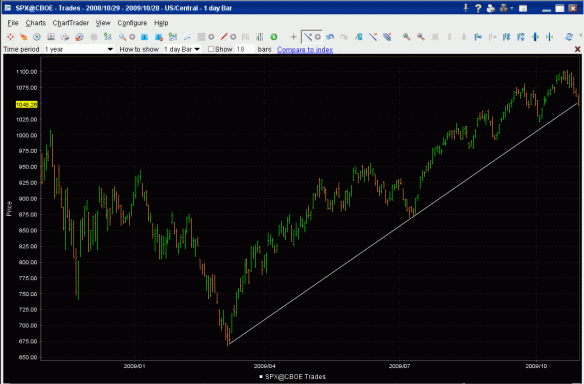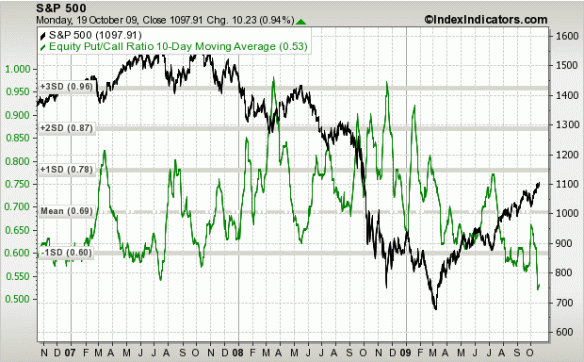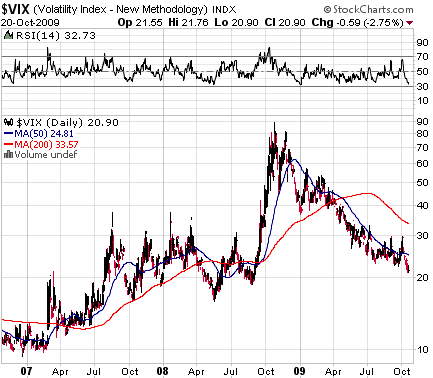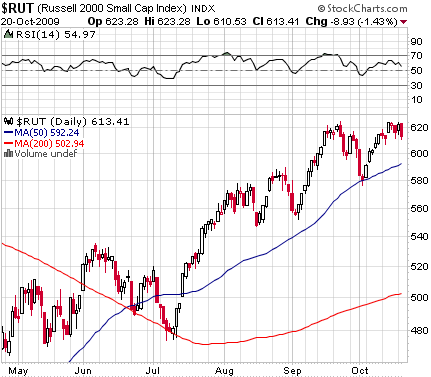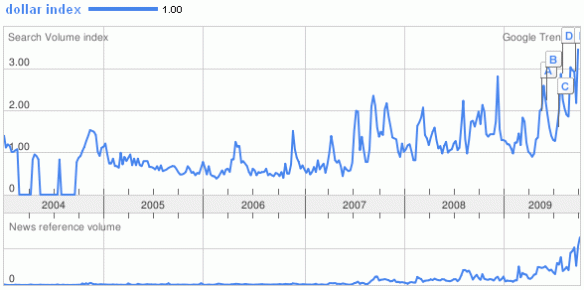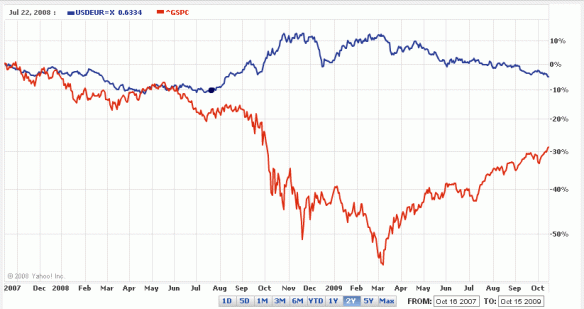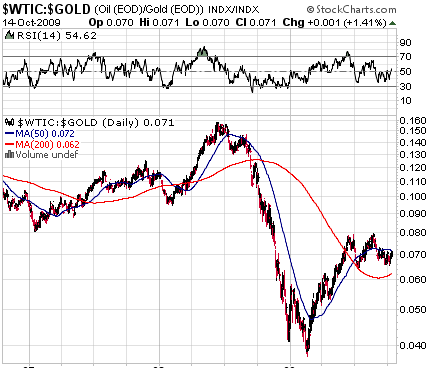The tide is turning. We now have a strong, impulsive decline off the highs, confirmed by a rise in the dollar and declines in the metals, energy, and grains. Yes, we’ve seen this before (in June, August and September), but the sustained manic conditions (put/call ratio, DSI, etc) that we saw in mid-September and mid-October are unlikely to be revived. When momentum runs out and there are no fundamentals to offer support, stocks can fall under their own weight. They don’t need a catalyst.
The Russell 2000 (like the SPX and Nasdaq) has just busted through its big support line drawn from the March lows to the July lows:
Source: Interactive Brokers
The SPX (S&P 500) has put a toe over the same line, while the Dow has a bit to go. Here’s the SPX:
-
Things are looking very bearish intermediate-term, but for the next day or two, I think the odds favor a small bounce. We’ve had two strong weeks of declines, and the overbought, over-bullish condition is cleared for now. I’m long stock futures (and a touch of oil and gold) from today’s lows to hedge my put position. Positioned like this, I get no benefit from further declines, and preserve equity to re-short any rally.
Remember, if this decline resembles that of ’30 or ’37, ALL of this year’s gains could be wiped out in a mere three months. If this is wave 3, it could be much faster than wave 1 (Oct 2007 – March 2009). It marks the start of the worst part of the depression. If you know anyone who owns stocks or is thinking of getting back in, implore them to seek safety (Treasury-only money market funds). Likewise, right now may be the last chance in 20 years to unload real estate at 2003 prices.


